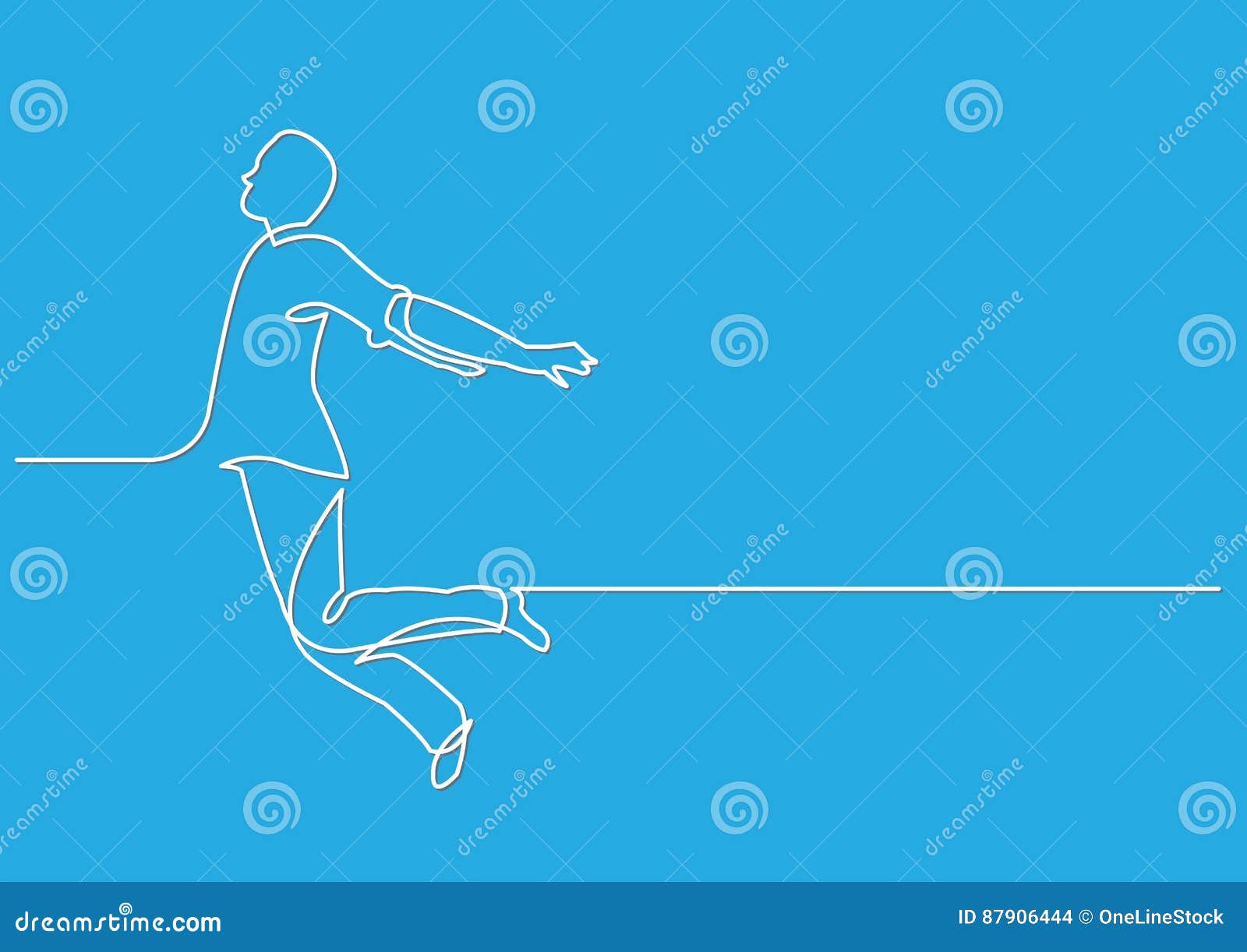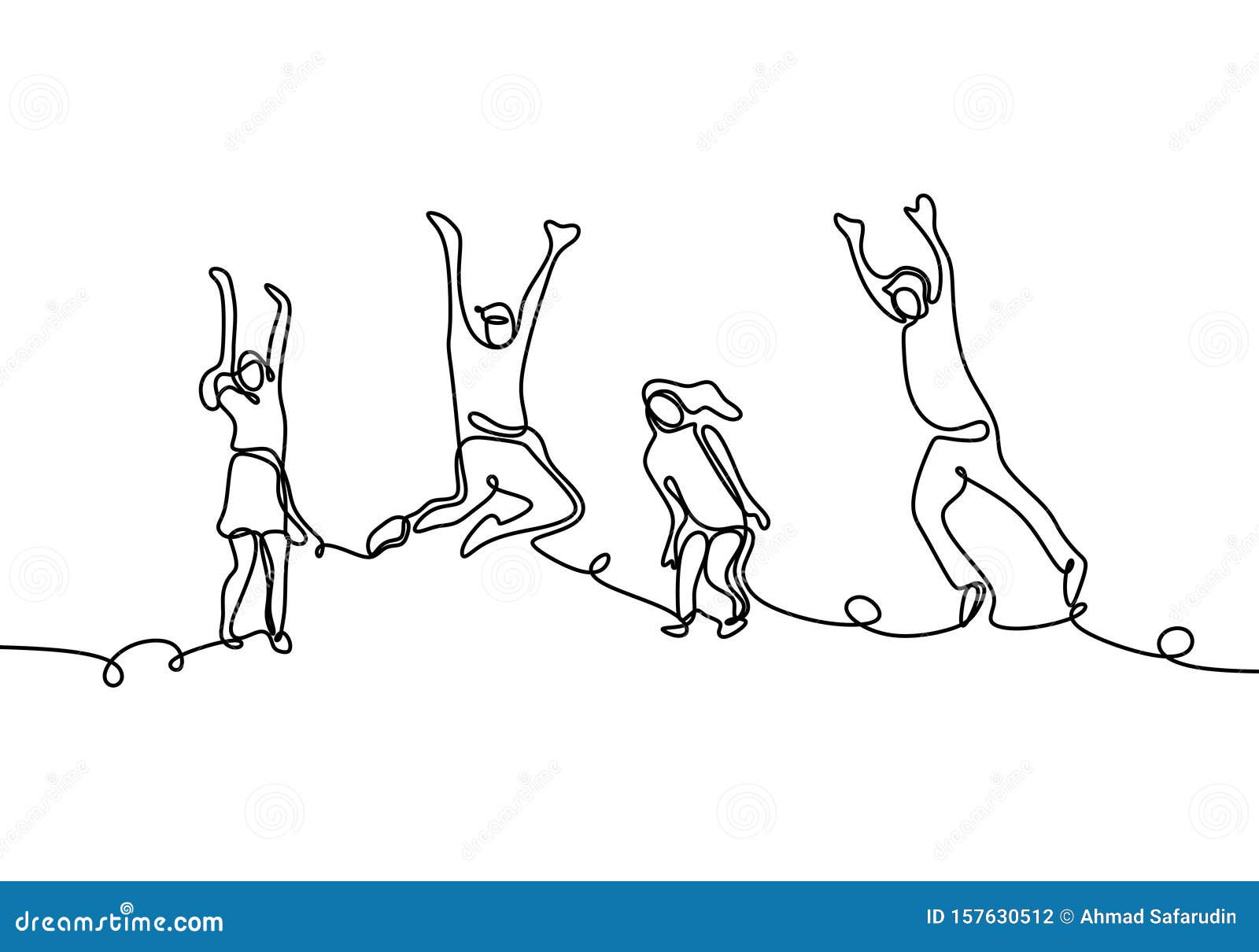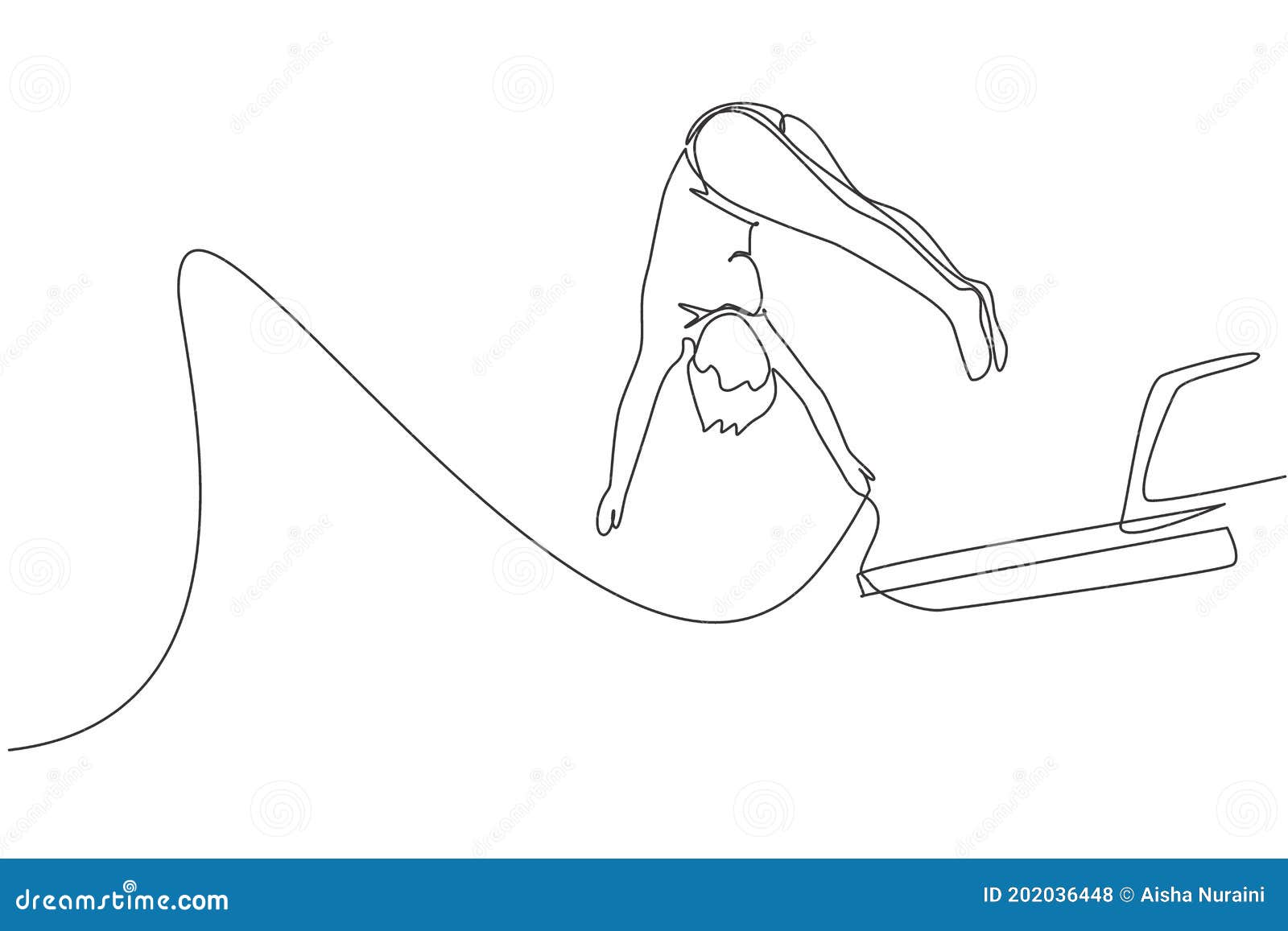

Our dear politicians jumped to the front and said, “I have to vaccinate to build confidence in the American people in vaccines”… What I thought was, “Yeah, that makes some sense.” But not vaccinating your spouse and your kids and your staff and your next-door neighbor. The other thing that happened pretty quickly was people began to say, “What if I gave you a donation? What if I spent some money?”… I don’t know that many people yielded to that, but the impression came across pretty quick that you could buy your way around this.Īnd I would add one other nasty thing happened. The latest on the coronavirus pandemic and vaccines This scanning electron microscope image shows SARS-CoV-2 (orange)-also known as 2019-nCoV, the virus that causes COVID-19-isolated from a patient in the U.S., emerging from the surface of cells (gray) cultured in the lab.

There are all kinds of people popping into the picture under the rubric “health care worker.” And that starts to make the public think, “Wait a minute, this is a little fishy.” We didn’t clearly define “health care worker.” So, all of a sudden, the public sees … a board of trustees guy is getting it, and someone who does psychotherapy by Zoom 100 miles away from the hospital is getting vaccinated. And I’ll say two things about that initial determination which I will blame myself – I had some input into some of these communities and decision-making/rule-making groups. However, I didn’t anticipate what was going to happen after that. I think that was priority one, and that led you to the nursing homes and the elderly and the health care workforce. I think if we look back, we were in the middle of massive deaths – exploding deaths all over the country – and the thing to do, morally, was to stop the deaths. What did you think of that?Īrthur Caplan: I fully agreed with it. Sanjay Gupta: When the CDC and the ACIP came out after the first vaccine was authorized and they said, health care workers and people over a certain age should be first in line for the vaccine. What follows are some excerpts from my conversation with Caplan, edited for clarity and length.ĭr. I wanted to find out whether it’s ever OK to cut the line, what our choices about who we prioritize say about our society and what it means now that a growing number of states have completely opened eligibility – essentially eliminating the line, but not necessarily eliminating the wait. To sort through some of these issues, I spoke with bioethicist Arthur Caplan, director of the Division of Medical Ethics at New York University’s Grossman School of Medicine, who has been researching vaccine ethics and public policy for years. For example, if your state isn’t vaccinating your age group yet, can you go to a neighboring state? What if you have a second home there? What about if you bring your grandmother food once a week – does that qualify you as a “caretaker”? And exactly how severe does your asthma have to be?

Aside from those egregious examples of line jumpers, like the Canadian couple who flew to that country’s westernmost community and allegedly posed as motel workers at a mobile vaccination clinic, there are legitimate gray zones. It also opened up opportunities for people, eager to be vaccinated sooner rather than later, to game the system for their shot at a shot. For many, the rollout of one of the most precious commodities on the planet seemed luck-of-the-draw, unfair or smacked outright of inequality. Stories emerged about people receiving the vaccine in one state who would not have qualified in another state. Some states started creating their own guidelines, resulting in a patchwork of eligibility. But soon after the first vaccines were authorized by the FDA, things started to become a bit confusing. Here's a timeline.Īt the time, it all seemed so logical. Brown/AFP/Getty ImagesĪs some states open Covid-19 vaccines to all, many others are still weeks away. Alaska became the first state in the country last week to open vaccination access to everyone over the age of 16 and has fully vaccinated 16 percent of the state's population, the highest rate in the country.

Registered Nurse Morgan James loads a syringe with a dose of the Pfizer Covid-19 vaccine at the Blood Bank of Alaska in Anchorage on March 19, 2021.


 0 kommentar(er)
0 kommentar(er)
